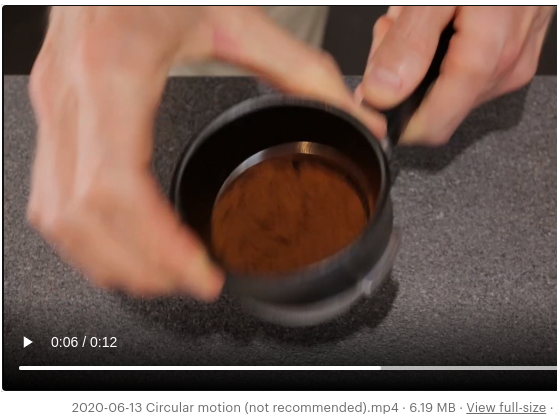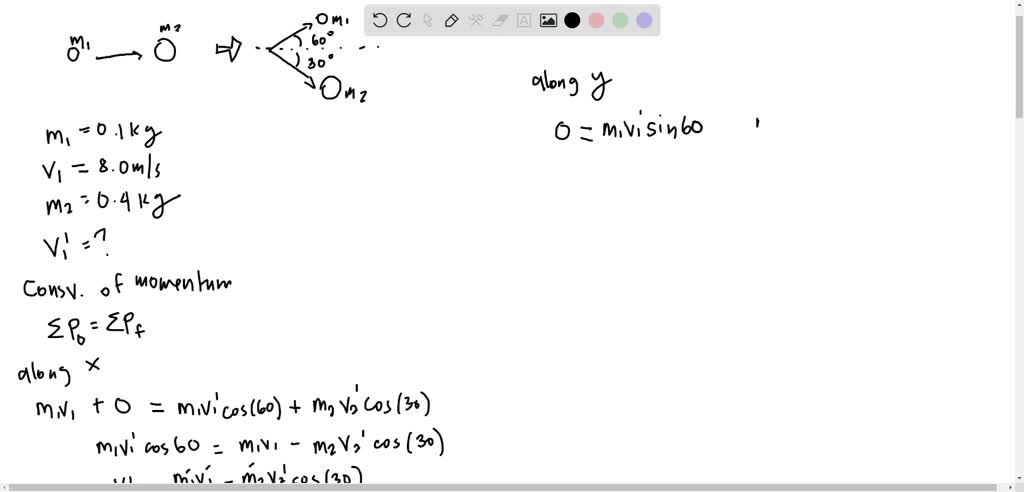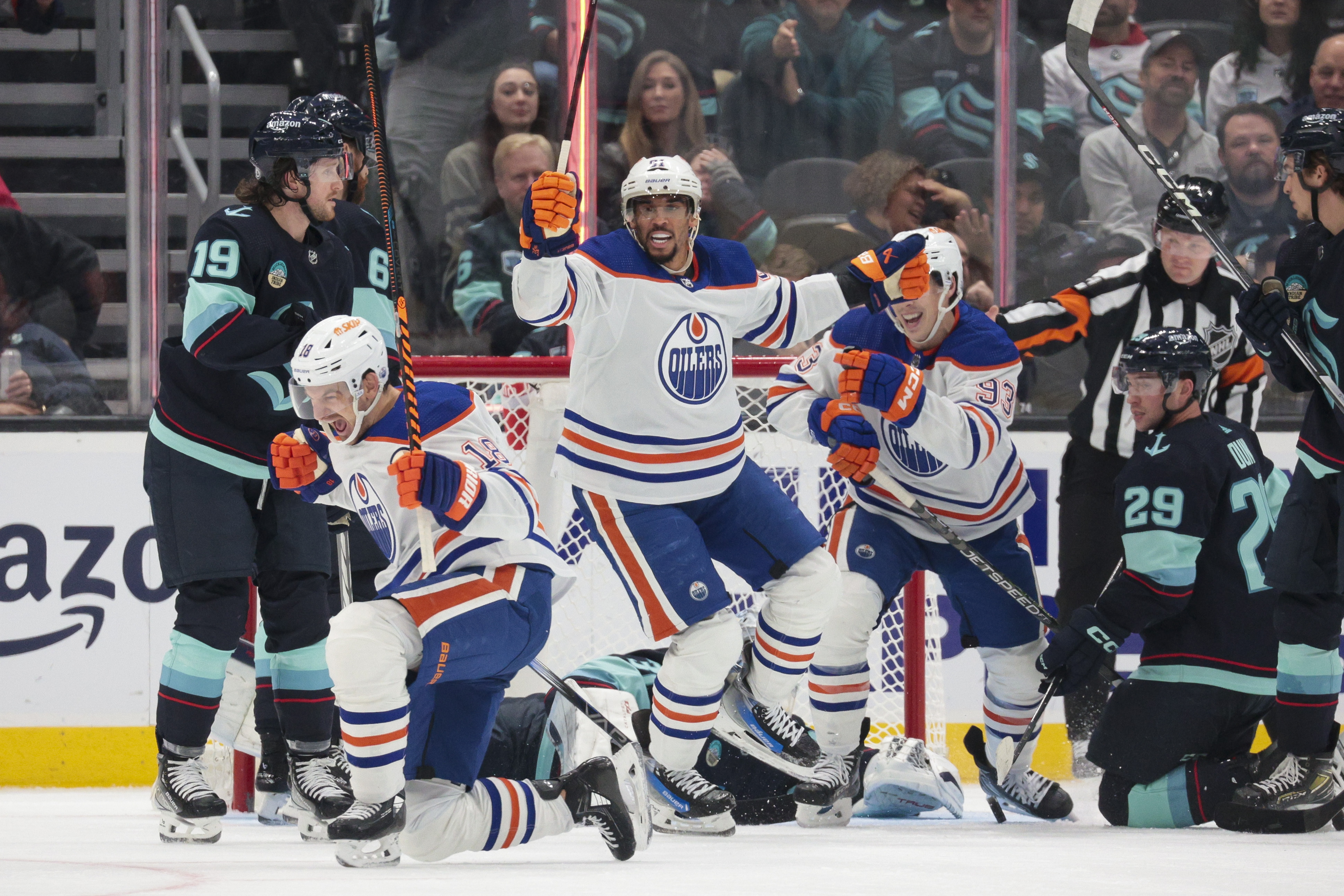I was expecting both of the velocity graphs to look like the first. Since the kinetic energy is proportional to the velocity squared, it is unacceptable to me that it goes up and down in the second velocity graph. It should decrease in a monoton manner. The first collision is with the other puck, but there are collisions after that with the walls.
You feel helpless’: 2nd homeowner claims builders responsible for mice in new property | WPDE
A hockey player slaps a puck into a cushion, which brings the puck to rest. If the puck’s initial velocity was +40 m/s and it has a mass of 170 g, what force does the cushion apply to the puck? Assume the cushion acts on the puck for 0.03 s and the surface that the puck slides on is frictionless.

Source Image: mrsmicawber.blogspot.com
Download Image
Practice Exam Here’s five practice word problems for you to try. BE BOLD, DO NOT USE YOUR NOTES THE FIRST TIME THROUGH… An air-hockey table works by pumping air through thousands of tiny holes in a table to support light pucks. This allows the pucks to move around on cushions of air with very little resistance.

Source Image: home-barista.com
Download Image
Your Place Inside and Out: Improving indoor air quality using humidifiers | WJLA
3. An air hockey puck is moving to the right along a horizontal air table (so friction is completely negligible). You apply a (not necessarily constant) force to the left that stops the puck and eventually turns the puck around. See the figure below.
Source Image: uhaul.com
Download Image
A Puck Moves To The Right Over A Cushion
3. An air hockey puck is moving to the right along a horizontal air table (so friction is completely negligible). You apply a (not necessarily constant) force to the left that stops the puck and eventually turns the puck around. See the figure below.
The actual centre of the puck is elevated from the air table surface, causing its position to be distorted in the video image as the puck moves around the eld of view of the camera. To avoid this problem, you will use the two white dots on the at surface of the puck to de ne a virtual centre-of-mass for each puck that will be tracked accurately.
How to Pack a Computer for Moving or Shipping | U-Haul
A hockey puck slides along a horizontal, smooth icy surface at a constant velocity as shown. (Part A figure) Which of the following forces act on the puck? Okay, for this the choices are (list check all that apply) force of velocity x air drag weight x acceleration force of push x normal force x friction
Sports Themed Games & Activities for PE & Recreation – S&S Blog

Source Image: ssww.com
Download Image
Blues end homestand with 4-2 loss to Flyers
A hockey puck slides along a horizontal, smooth icy surface at a constant velocity as shown. (Part A figure) Which of the following forces act on the puck? Okay, for this the choices are (list check all that apply) force of velocity x air drag weight x acceleration force of push x normal force x friction

Source Image: fox2now.com
Download Image
You feel helpless’: 2nd homeowner claims builders responsible for mice in new property | WPDE
Practice Exam Here’s five practice word problems for you to try. BE BOLD, DO NOT USE YOUR NOTES THE FIRST TIME THROUGH… An air-hockey table works by pumping air through thousands of tiny holes in a table to support light pucks. This allows the pucks to move around on cushions of air with very little resistance.
Source Image: wpde.com
Download Image
Your Place Inside and Out: Improving indoor air quality using humidifiers | WJLA
I was expecting both of the velocity graphs to look like the first. Since the kinetic energy is proportional to the velocity squared, it is unacceptable to me that it goes up and down in the second velocity graph. It should decrease in a monoton manner. The first collision is with the other puck, but there are collisions after that with the walls.

Source Image: wjla.com
Download Image
WA lawmakers discuss ways to make restraining orders more than ‘just a piece of paper’ | KATU
Well, this motion has an explanation rooted in science! This blog post explores how air hockey works and uncovers the physics behind these fast-paced games. By connecting scientific concepts with everyday objects, we can gain insight into the inner workings of our favorite activities!

Source Image: katu.com
Download Image
SOLVED: A small puck (mass m1 = 0.10 kg) is sliding to the right with an initial speed of 8.0 m/s on an air table. An air table has many tiny holes
3. An air hockey puck is moving to the right along a horizontal air table (so friction is completely negligible). You apply a (not necessarily constant) force to the left that stops the puck and eventually turns the puck around. See the figure below.

Source Image: numerade.com
Download Image
Hyman scores 3 1st-period goals, Oilers snap 4-game losing streak with 4-1 win over Kraken | AP News
The actual centre of the puck is elevated from the air table surface, causing its position to be distorted in the video image as the puck moves around the eld of view of the camera. To avoid this problem, you will use the two white dots on the at surface of the puck to de ne a virtual centre-of-mass for each puck that will be tracked accurately.

Source Image: apnews.com
Download Image
Blues end homestand with 4-2 loss to Flyers
Hyman scores 3 1st-period goals, Oilers snap 4-game losing streak with 4-1 win over Kraken | AP News
A hockey player slaps a puck into a cushion, which brings the puck to rest. If the puck’s initial velocity was +40 m/s and it has a mass of 170 g, what force does the cushion apply to the puck? Assume the cushion acts on the puck for 0.03 s and the surface that the puck slides on is frictionless.
Your Place Inside and Out: Improving indoor air quality using humidifiers | WJLA SOLVED: A small puck (mass m1 = 0.10 kg) is sliding to the right with an initial speed of 8.0 m/s on an air table. An air table has many tiny holes
Well, this motion has an explanation rooted in science! This blog post explores how air hockey works and uncovers the physics behind these fast-paced games. By connecting scientific concepts with everyday objects, we can gain insight into the inner workings of our favorite activities!